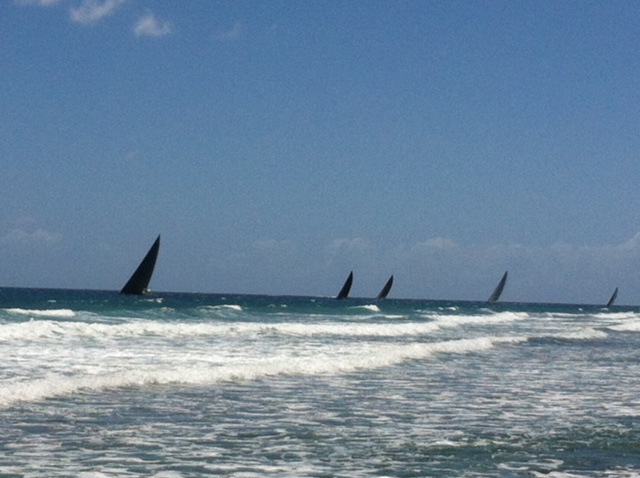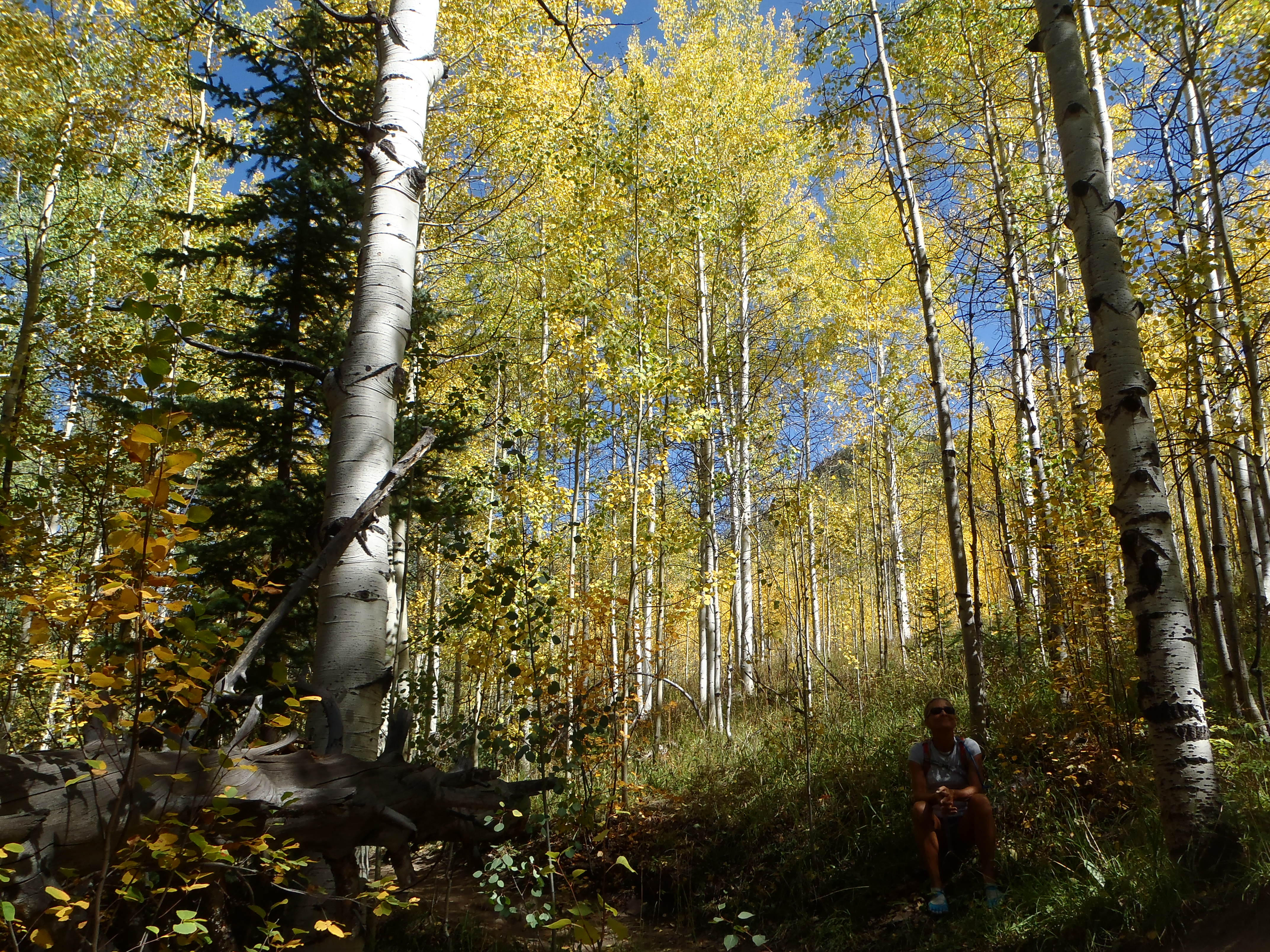While breath is the main conduit of Prana into your body, your Higher Self is who guides this vital force to areas in need of balance. It is a natural process of homeostasis in the body that is constantly hindered by the conditioned mind. We are usually disconnected from that inner wisdom by the incessant chatter of our thoughts. In order to reestablish that connection requires a continuous yet effortless awareness, the kind that happens only in the present moment when the mind is disengaged from past or future. This is the great value of meditation.
Stepping into effortless awareness is the key to enlightenment. According to Rasha in The Calling, “It takes concentrated focus to maintain oneself in the present moment and give full attention to the matter at hand, while remaining alert and aware of everything else going on around you. But this is the objective to be achieved”
As the silent observer of the Self you do not engage in any kind of resistance or attachment. You perceive that absolutely no effort is required on your part to come into balance.
In healing yoga it involves moving into a ‘steady and comfortable posture’ – the true meaning of the Sanskrit “asana”. As you follow the flow of energy in your physical body you bring awareness to sensations, messengers from the mental and emotional bodies.
When you project your attention on a sensation in your body, and allow the mind to be focused on the object of your attention, your being begins to come into balance. The trappings of the restless mind melt away. Releases happen on every level as energy begins to flow freely. Each asana initiates a new release. As thoughts and feelings begin to surface, attention must remain on the physical sensation that is in the forward of your awareness. Make note of the thoughts, images or emotions, then let them go. Follow that sensation, explore it with your breath, noticing the details, staying fully focused on that which you feel the most. This is a very thin edge between discomfort and pain. By focusing on that physical sensation you prevent the Ego from stepping in and deciding where it is that you’re going to go. It is a very fine tuning of the senses. It is merging into the flow of energy.
Whether in yoga or any other activity of focused attention on the present moment, there is no effort in maintaining this mediative state. It is the place of the observer where your brain is functioning in delta and theta waves and time comes to a standstill.
The Higher Self is wise and all knowing. It is the connection with universal consciousness where there is no duality. Where there is no bad or good; no attachment to outcome; no judgment of self or others; no anticipation nor expectations. It is the place of remembering who I am and what I want.
Knowing these answers releases a creative flow of energy and the universe provides. This flow is accompanied by deep contentment, which is neither desiring nor resisting anything, simply being with what is.
Here is the realization of Sat, Chit, Ananda, the sanskrit description of the subjective experience of ultimate being.
Existence, Consciousness, Bliss.
This “Kingdom of Heaven” of expanded awareness is the source of creativity, inspiration, insight. Here we begin to flow with life.
As per Deepak Chopra –
“We move through our days lighthearted and carefree knowing all is well.”
Start out your day right here….
https://www.youtube.com/watch?v=XSNpGyG2jSw
x

